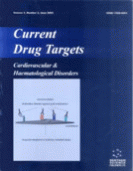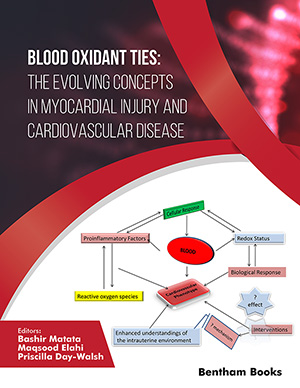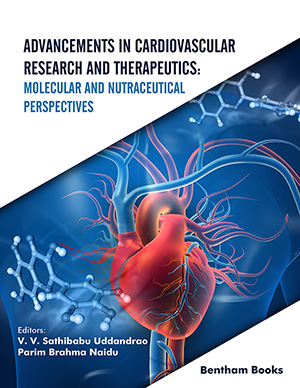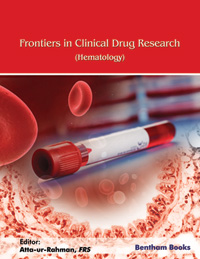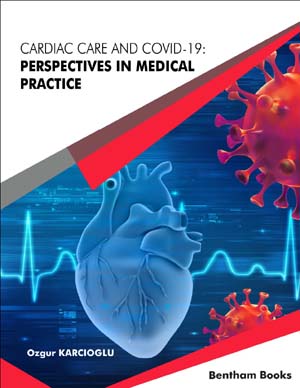
Abstract
Despite significant protection from cardiovascular events by HMG-CoA reductase inhibitors (statins), the extent of event reduction is incomplete and persistent lipid abnormalities remain prevalent. As such, the use of combination lipid modification regimens is a clinical reality. While we await large, randomized clinical outcomes trials assessing the benefits of combination or novel lipid management therapies, non-invasive imaging tests such as B-mode ultrasound to measure carotid intima-media thickness (CIMT), coronary computed tomography (CT) and cardiovascular magnetic resonance imaging (CMR) are increasingly being utilized to accurately assess the impact of lipid modifying therapies on atherosclerosis. Based on knowledge that atherosclerosis progression is a validated surrogate for increased cardiovascular risk, use of atherosclerosis imaging surrogates in studies allows for smaller sample sizes, shortens study duration, demonstrates clinically meaningful changes prior to clinical event and provides potentially useful pathophysiologic information. CIMT measurement is currently the most studied and validated non-invasive imaging study used to assess atherosclerosis longitudinally in response to lipid modification therapies. Quantification of coronary calcium using coronary CT has been utilized to study atherosclerosis longitudinally, however, calcium scoring to assess response to lipid modifying therapies is not recommended due to several limitations of this assessment of the atherosclerosis process. These include the fact that non-calcified atherosclerosis is not quantified, that the calcification process in atherosclerosis is diverse and that the effects of statins on tissue calcification are complex. Use of contrast coronary CT to image non-calcified coronary atherosclerosis is promising. Modern CMR imaging, aided by high reproducibility and image resolution, is rapidly advancing and early studies imaging non-coronary and coronary atherosclerosis are impressive.
Keywords: Atherosclerosis, imaging, lipids, intima-media thickness
 4
4

